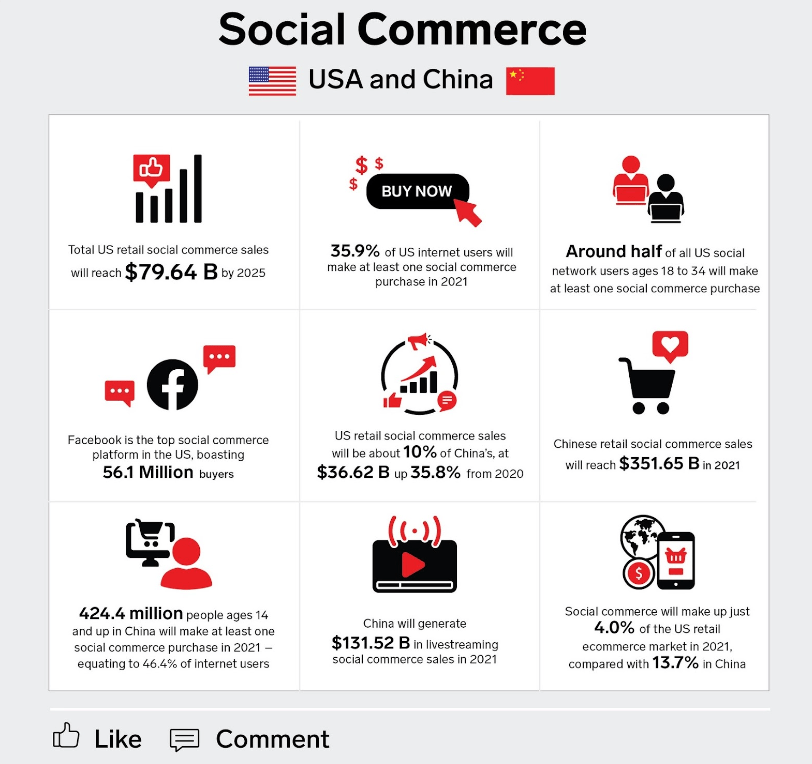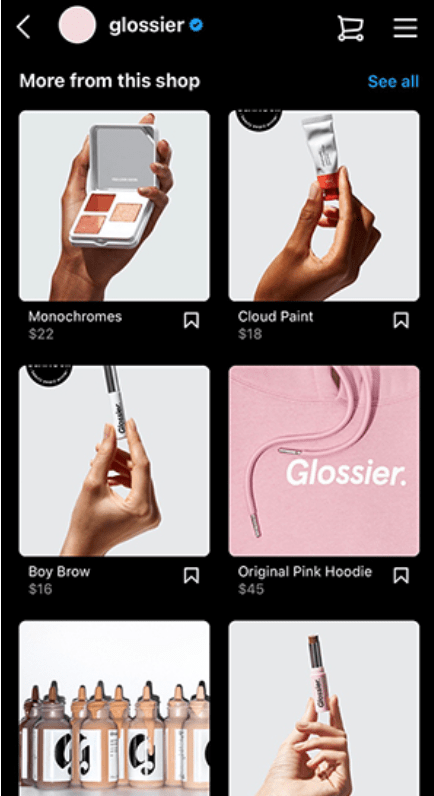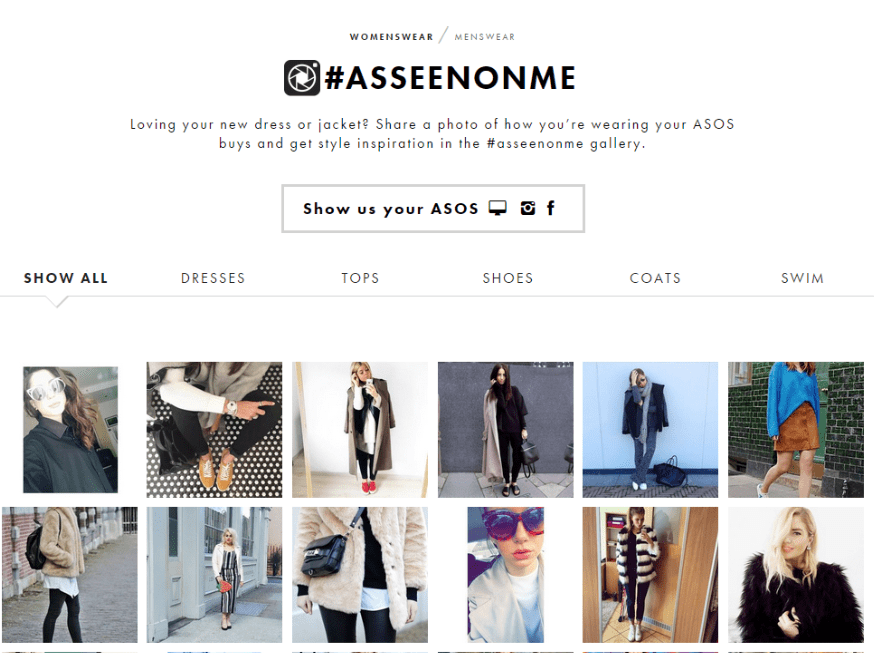Social commerce has opened up a world of opportunities for e-commerce brands.
They can now cater to personalized shopping experiences, form deeper connections with their audiences, and get past the mainstream selling approach to grow conversion and revenue.
Social commerce is one of the ever-growing trends in e-commerce. Brands are able to provide a seamless shopping experience to their customers with social commerce. Estimates are that US social commerce sales will reach $45.74B in 2022, with more than fifty percent of the economy’s adults buying from social media platforms.
Using social content for determining purchases is a predominant behavior amongst shoppers. They seek to know-how has been the past experiences of shoppers with the product, reviews and ratings before getting their hands on it.
Further, social media has become the place to look out for answers to most queries. When consumers aren’t sure of what exactly they are looking for, they do a social media search; read reviews, and then make informed buying decisions.
Learn how social commerce can be a game changer for your business.
Explore social media marketing agencies to help with your brand and social commerce strategy.
What Is Social Commerce?
Social commerce is a practice of making content generated on social media platforms shoppable and integrating them into consumers’ buying funnel. The dynamic duo of content and commerce i.e., shoppable content, is taking the digital marketing world by a storm.

Shoppable social content is the bedrock of social commerce. Apart from extending their e-commerce past their website, brands are considering providing an authentic buying experience to their shoppers, which has become a prerequisite.
Reports from Accenture suggest that sales from social commerce will be more than doubled by 2025, marking a three-times higher growth than traditional e-commerce.
Social commerce allows online stores to target and win greater brand awareness, product discovery, and revenue.
How Does Social Commerce Increase Revenue For E-Commerce?
If you are still pondering whether social commerce makes for a right fit for your brand, consider the following:
Grow Your Consumer List
Social media platforms have the grave potential of exposing your brand to wider audiences. This makes it easy for e-commerce brands to amplify their targeted reach to global audiences.
Moreover, social media users are constantly looking out for inspiration to buy; here, if your brand pops up featuring authentic visuals in the shoppable feed, the chances of converting a visitor into a shopper become possible.
Turning social content into shoppable experiences can make your brand come across as authentic, seamlessly adding more people to your list of loyalists.
Increase Traffic and Engagement
Social commerce is a great way of increasing traffic and engagement of a brand since users can learn about the brand in the most authentic way, understand past users’ experiences, and then decide if they want to incorporate its products into their lives.
This is important as consumer engagement is a key performance indicator when deciding a brand’s growth. Further, authenticity speaks to the consumers. They seek to hear more diverse voices, the ones with which they can relate and engage before developing any relationship with brands.
By including shoppable social content into e-commerce, brands can boost engagement and drive traffic without being too pushy.
Amplify Conversions & Revenue
Multiplying conversions and revenue is the ultimate aim of online stores. Social media opens up a world of opportunities for e-commerce businesses because of the huge demographics that it serves.
By introducing shoppable social content into the shoppers’ buying journey, businesses can achieve a personalized shopping experience, devour deeper consumer-brand relationships, and include diversity and inclusivity into the content.
All of these boost sales, revenue, and ROI for online stores.
Additional Reading: '7 SaaS Marketing Strategies to Attract Customers Online'
The Future of Social Commerce for E-Commerce Brands
Social media platforms are more than just a way of growing sales. You can use it as a content bonanza to reap great benefits.
E-commerce is great for buying but kills the buyers' shopping experience. In most instances, shoppers do not even know of the things they need but end up buying them.
Why? Because social UGC or shoppable social content is successfully tapping into the impulse of the shoppers and making them want to have possession of the product.
Further, there is a huge community of people who are eager to try out new products and share their experiences with others.
Here, including social content in e-commerce can make them interested in your brand, increasing brand awareness effortlessly.
Brands looking forward to cutting an edge, apart from understanding what social media has to say, it is essential to listen to your customers, and they want social UGC to live in e-commerce experiences.
According to research by Bazaarvoice, 74% of consumers want visual and social content shared on a brand's website. Consumers are looking for brands to do three things: show, convince, and inspire. By leveraging social commerce, all three things can be catered to.
Additional Reading: 'User-Generated Content Trends and Statistics'
Leading Brand Examples For Social Commerce
If you are still not sure about your way forward, find inspiration from these leading e-commerce brands:
Vans
Vans has a massive following, and sneaker-heads love buying from the footwear giant. Vans tapped into its shoppers' sentiments by curating and incorporating a shoppable Instagram gallery into its online stores.

Shoppers can get inspired by the existing users' way of styling Vans and buy what they like the most. Additionally, it is a great way to form deeper relationships with customers, boost brand loyalty, and target greater sales.
Pro Tip: Irrespective of your brand being as old as Vans, it is always a great idea to appreciate customers’ love and give them what they seek most - a two-way brand-user relationship.
Glossier
Sharing user-generated content is one of the best ways to build brand loyalty and reach out to customers.
Beauty brand Glossier, predominantly a millennial and Gen Z brand, leverages content generated by its users to narrate its story and grow sales.

Glossier’s Instagram features experience-based content generated by beauty shoppers using their products. These visuals being authentic and shoppable, guide prospects into buying seamlessly.
Pro Tip: Your social channels speak to the consumers. By including a mix of brand and user-generated content, you can enhance brand value while counting on revenue.
ASOS
Fashion e-retailer ASOS created a hashtag campaign #AsSeenOnMe and leverages the posts hence generated in their social and e-commerce buying experiences. This has helped the brand strengthen its niche audience.

These posts ignite potential shoppers' product imagination and give them motivation to close purchases.
Pro Tip: Featuring real content on your website, especially for fashion and accessories brands, work like a charm because that is what most shoppers care to see.
Social Commerce Benefits Businesses
It won’t be wrong to conclude that social commerce is going to be the’ next big thing in the e-commerce industry.
Online stores are empowered to ease their efforts of bringing their customers into the light by introducing shoppable UGC posts into their e-commerce websites. Irrespective of the niche, many businesses are already cutting an edge with the integration of social commerce into e-commerce.
Additional Reading: